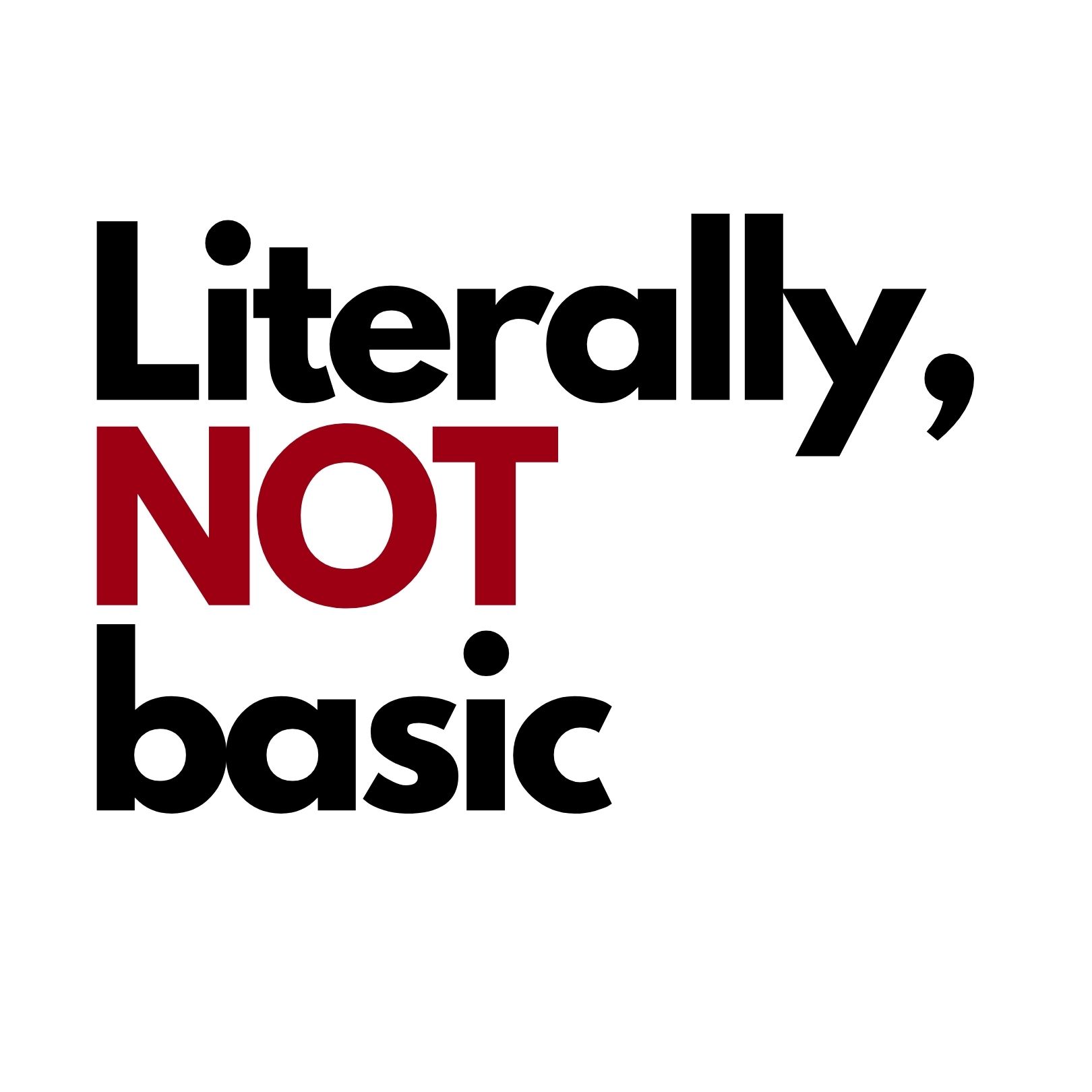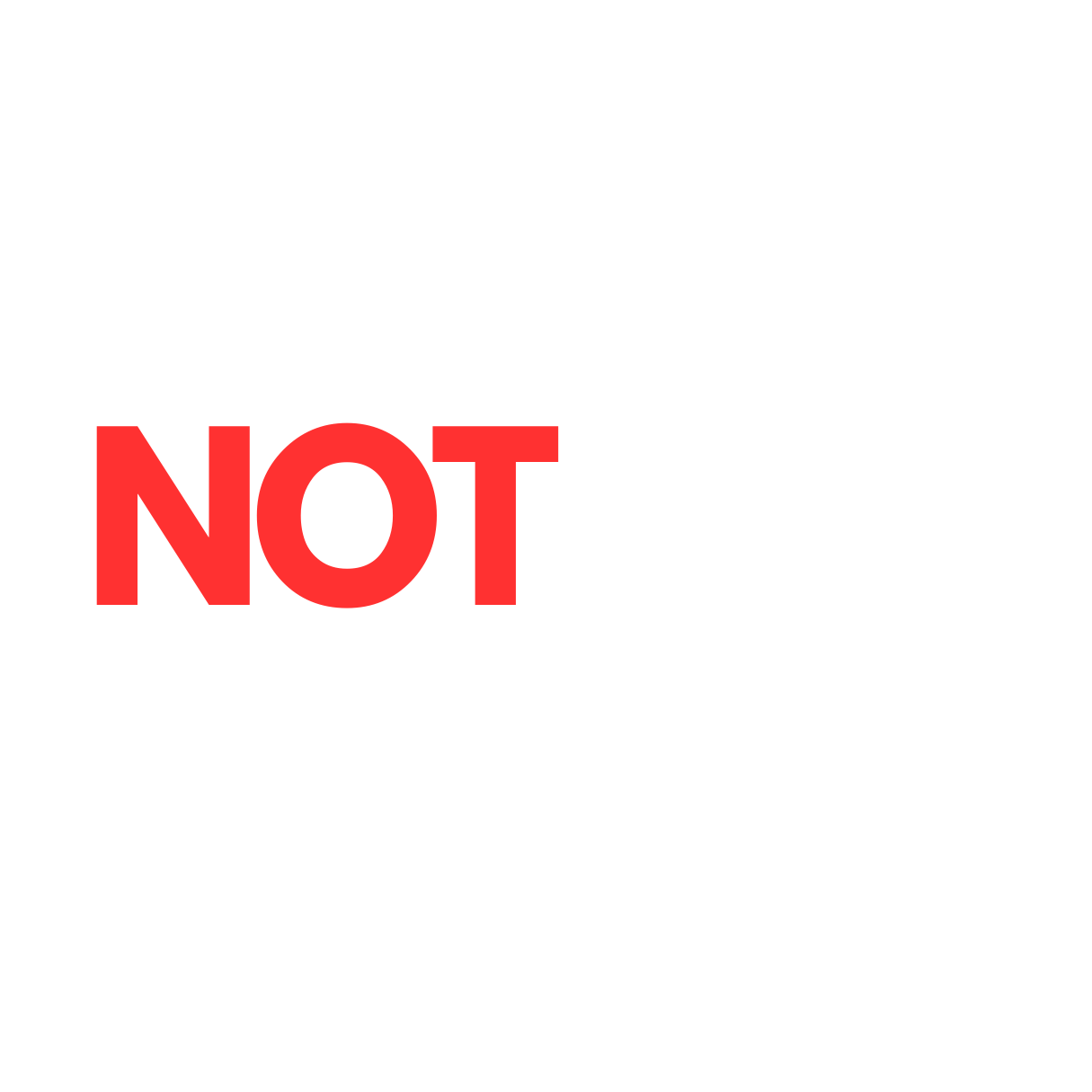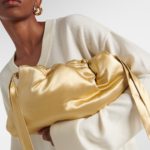Bernard Arnault is solidifying his command of the luxury market through LVMH Moet Hennessy Louis Vuitton SE’s strategic sponsorship of Formula One motor racing. Following LVMH’s significant presence at the Paris Olympic and Paralympic Games, this partnership is set to take Arnault’s sporting ambitions to an entirely new level.
This landmark 10-year agreement, potentially worth close to $1 billion, underscores LVMH’s unparalleled financial strength, with a market capitalization hovering around $370 billion. As part of this deal, TAG Heuer will take over from Rolex as the official timekeeper of F1, while Louis Vuitton is set to create trophy cases for winners. Moreover, victorious drivers will celebrate their achievements with Moët & Chandon champagne, adding a luxurious touch to their victories.
Such strategic partnerships ensure LVMH’s brands remain at the forefront of consumer consciousness, positioning them favorably to weather any shifts in the luxury market. The visibility gained through this alliance will thrust LVMH’s prestigious names into the spotlight, maximizing exposure not just among die-hard fans but also casual viewers. Given that motor racing is one of the most global sports, LVMH’s brands will be broadcast to audiences across the United States, Asia, and the Middle East, establishing a robust international presence.
While events like the Olympics or the Super Bowl attract massive crowds, they occur less frequently. In contrast, Formula One grand prix events are spaced just a few weeks apart, thus ensuring a relentless stream of publicity. The sport’s popularity continued to surge, particularly in the United States, after being acquired by Liberty Media Corp. in 2017, aided by an expanded range of race venues and the wildly successful Netflix series *Drive to Survive*. This has drawn a younger, more diverse, and socially media-savvy audience. In recent years, the rise of streetwear has bridged these new fans to European luxury, making the transition to sports sponsorships timely and pivotal.
The modern landscape sees sponsors increasingly favoring individual talents over teams, a trend often referred to as the “Kim Kardashianisation of sport.” High-profile drivers like Lewis Hamilton, Max Verstappen, and Lando Norris have become powerful brand ambassadors, capable of showcasing luxury labels and enhancing their visibility in the competitive market.
Similar to its involvement in the Olympics, LVMH’s engagement with Formula One underscores its identity as more than just a luxury goods manufacturer. The brand, particularly Louis Vuitton—deemed a “cultural brand” by Arnault—is intricately woven at the confluence of fashion, entertainment, and sports. The brand’s influence continues to expand beyond traditional luxury boundaries, engaging a diverse consumer base.
Although LVMH’s hospitality ventures, including the Cheval Blanc hotel chain, aren’t included in this sponsorship, one can anticipate experiences associated with TAG Heuer, Louis Vuitton, and Moët Hennessy to be integrated when the partnership officially kicks off in January. Mario Ortelli, CEO of luxury advisory firm Ortelli & Co., remarked, “LVMH is in a league of its own,” highlighting its unique competitive advantage as it establishes a powerful platform in the luxury sector.
TAG Heuer, the featured watch brand in this collaboration, has historical ties to motor racing. It was the first non-automotive logo to appear on an F1 car in 1969, through its sponsorship of Swiss driver Jo Siffert. By 1971, it officially sponsored the Ferrari F1 team, and the brand became iconic in the 1980s with its colorful Formula 1 watches. This year, under LVMH’s management, TAG Heuer introduced a limited edition version of this watch in collaboration with the streetwear brand Kith, further bridging the luxury and streetwear gap.
Within LVMH, the so-called hard luxury segment—encompassing watches and jewelry—presents substantial opportunities for expansion. The focus on this market is evident, with all three of Arnault’s sons involved in various roles across LVMH’s watch brands: Alexandre oversees Tiffany & Co.; Frederic leads LVMH Watches after a tenure at TAG Heuer; and Jean is tasked with developing the watch segment at Louis Vuitton. Their involvement signifies an increasing emphasis on this sector going forward.
Furthermore, Arnault’s recent acquisition of a minor stake in Cie Financiere Richemont SE has stirred speculation about possible ambitions for the Cartier parent company. Analysts, such as Luca Solca from Bernstein Research, have also suggested that brands within the Swatch Group—like Omega, Blancpain, and Longines—could attract Arnault’s interest. Recently, Swatch CEO Nick Hayek hinted at the possibility of privatizing the company, heightening the intrigue surrounding potential acquisitions.
As this F1 partnership unfolds, it will bolster LVMH’s visibility at a critical juncture, given the recent slowdown in luxury spending in regions like China and a burgeoning sense of “luxury fatigue” among American consumers following a period of excessive consumption from 2020 to 2023. Rising prices across many brands have only worsened demand challenges. Analysts from HSBC Holdings anticipate lackluster growth for LVMH’s key fashion and leather goods segments through the third quarter.
Internally, LVMH is navigating transitions as well. The company recently divested the Off-White brand, created by the late Virgil Abloh, to Bluestar Alliance LLC, and announced the departure of Hedi Slimane from the Celine brand, with Michael Rider stepping in to fill the role. These shifts, both external and internal, serve as compelling motivators for Arnault to leverage LVMH’s financial resources strategically, ensuring that the company remains firmly in the lead in the luxury market race.






